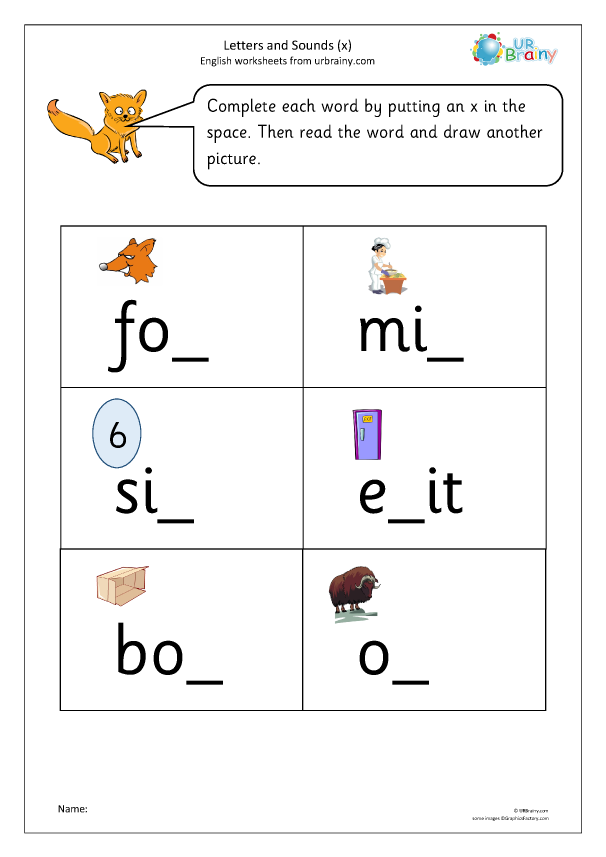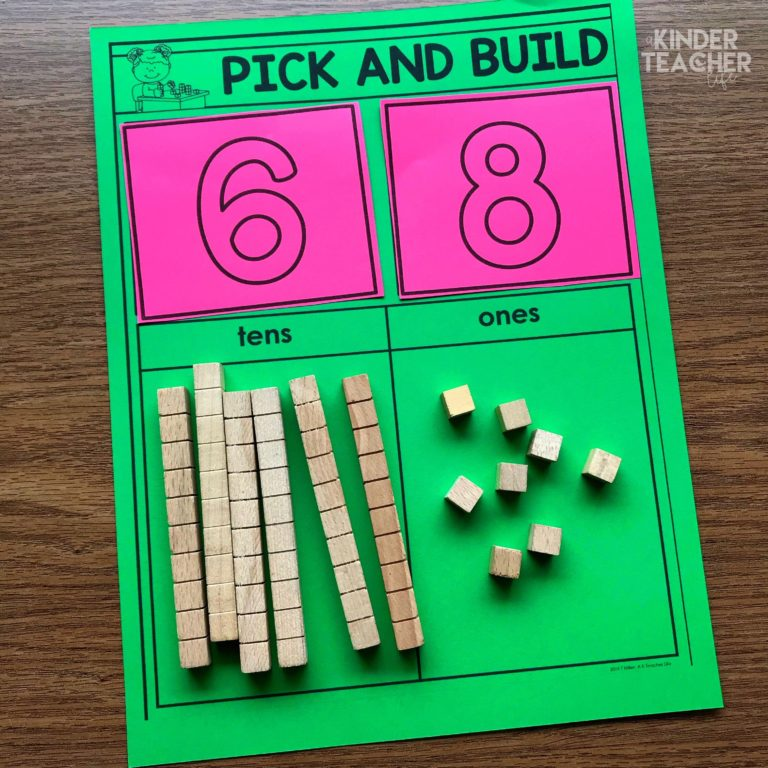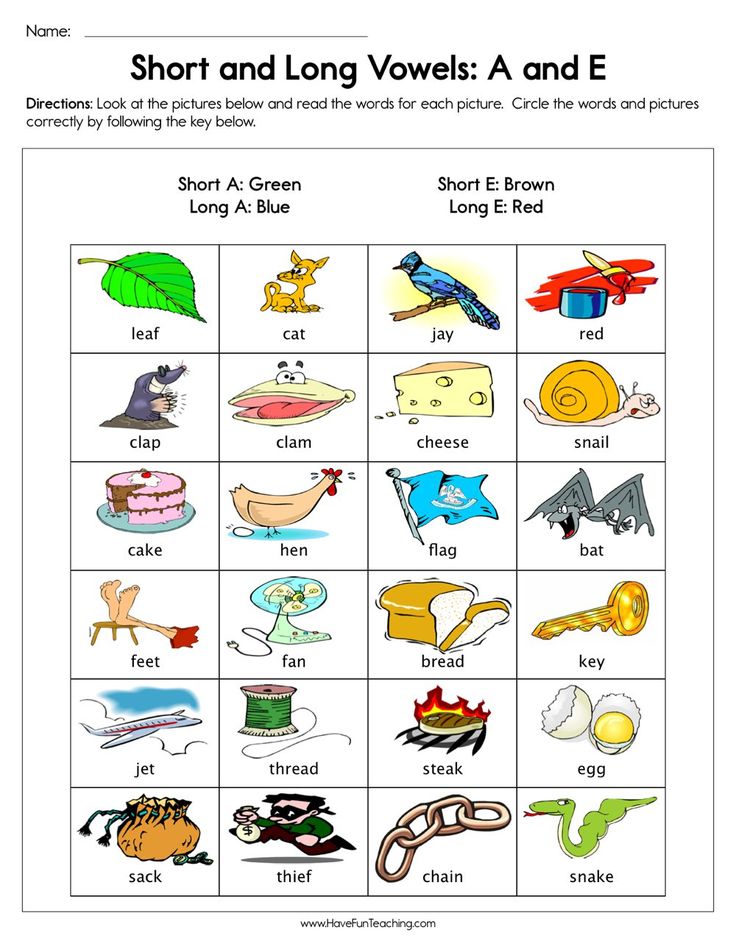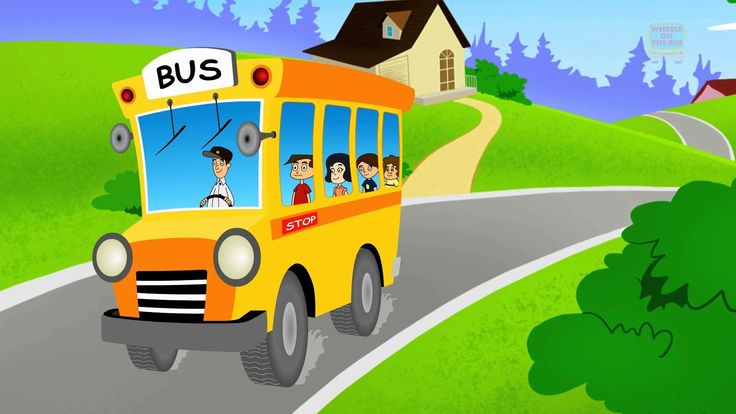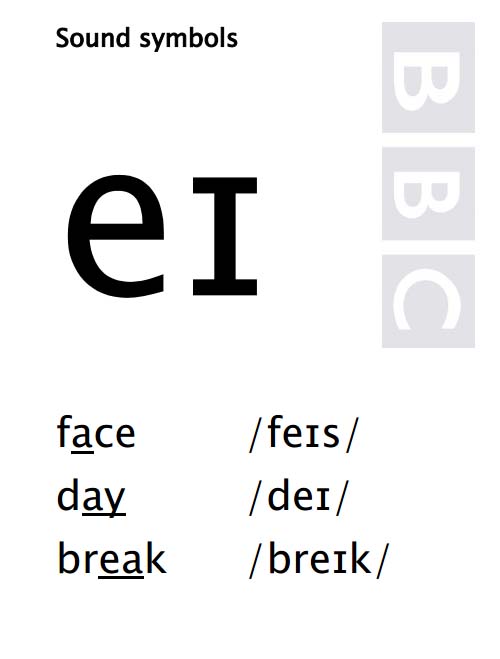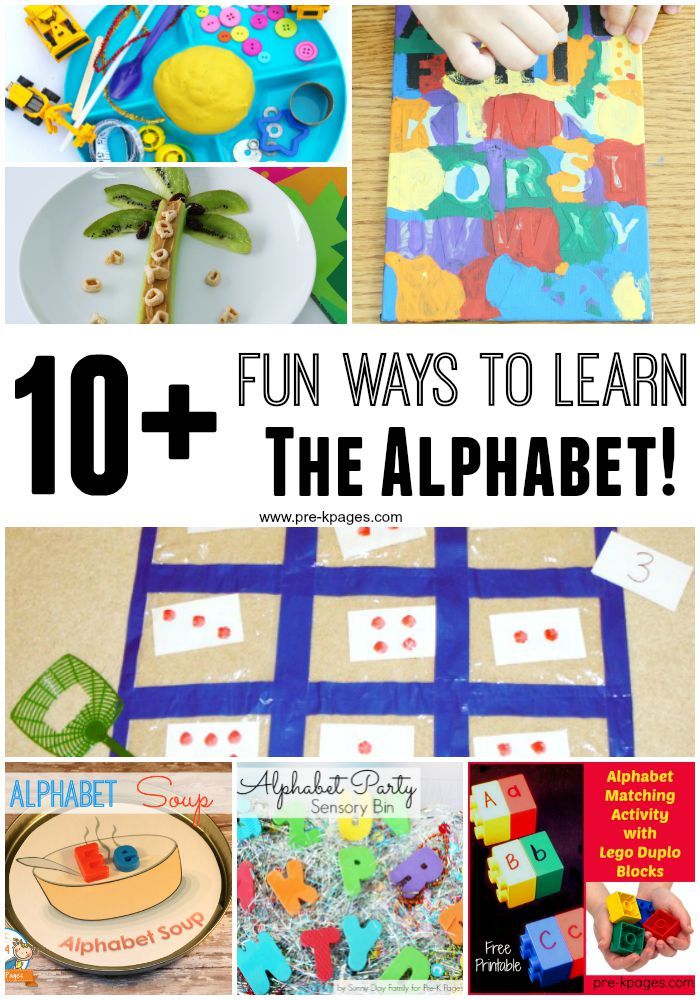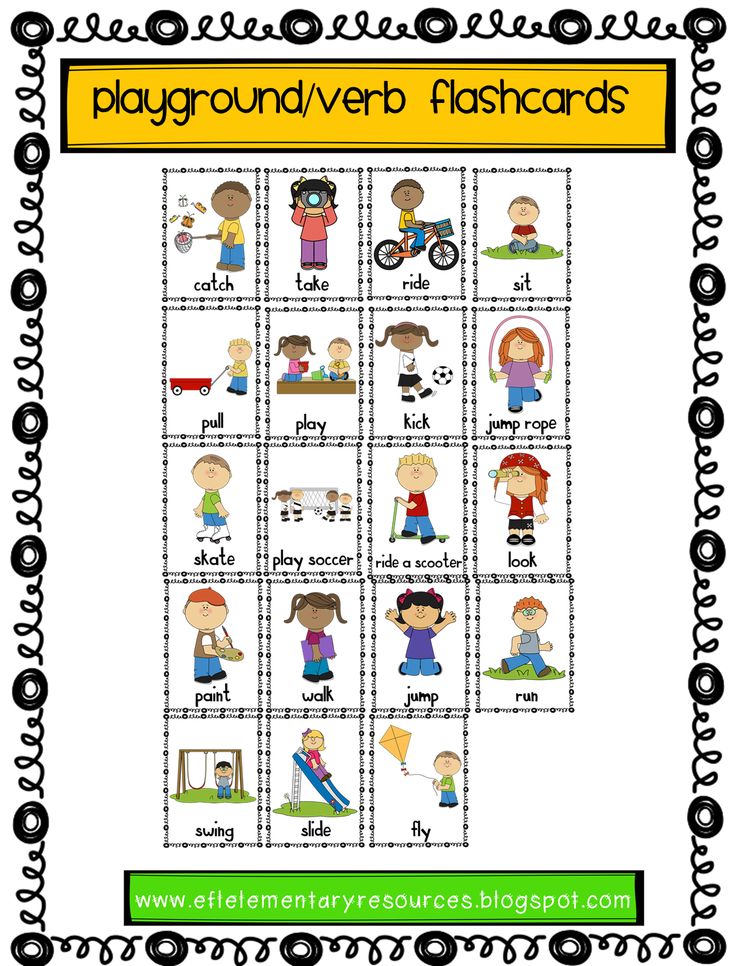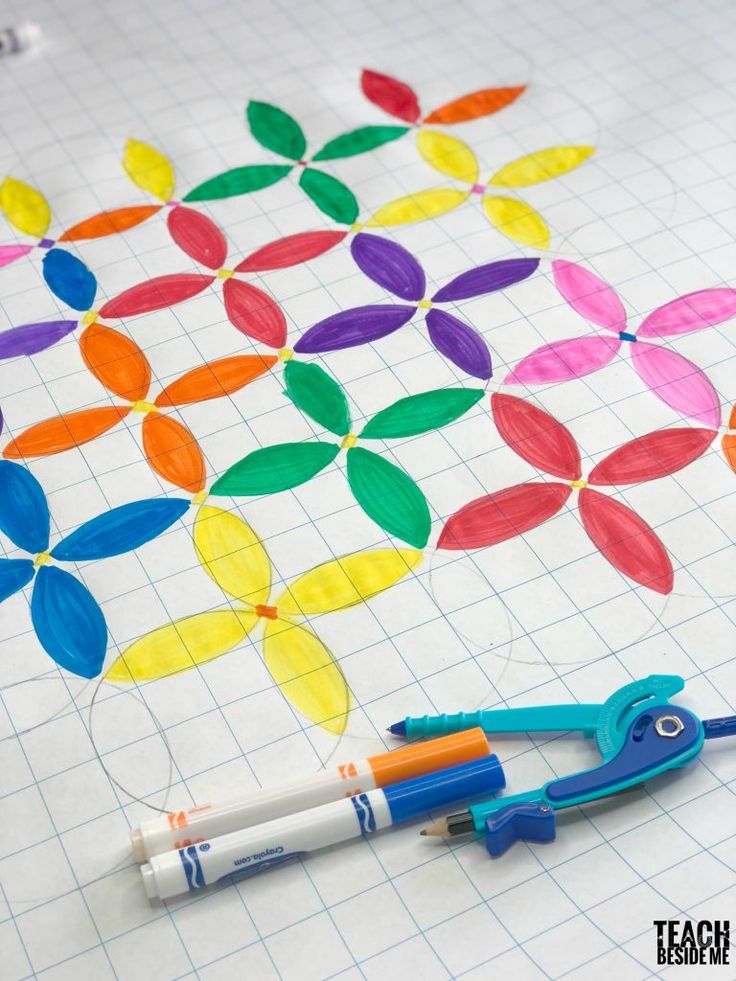Letters that sound good together
» Sounds and letters
» Sounds and letters
Learning the building blocks of words - sounds, their spellings, and word parts
2 Replies
If you want to store a large, complex system such as the English spelling system in a finite human brain, you have to organise it well.
To organise something, you first need an organising principle or principles.
If you want to use the relationship between letters and sounds as your organising principle for spelling (and most sensible people do), you can start from the letters and work to the sounds, or start from the sounds and work to the letters.
Starting from the letters
There are 26 letters in the English alphabet, but English also has a whole stack of letter combinations that can represent individual sounds:
- Two letter combinations, like “oo” as in “book”, “er” as in “her”, “ph” as in “phone” and “ey” as in “key”
- Three letter combinations, like “igh” as in “high”, “dge” as in “bridge”, “tch” as in “catch” and “ere” as in “here”.
- Four letter combinations, like “eigh” as in “eight”, “aigh” as in “straight”, “augh” as in “caught”, and “ough” as in “bought”, “drought”, “dough”, “through”, “thorough” (but not “cough” or “tough”, where the “ou” and the “gh” represent different sounds, and just happen to be next to each other).
To add to the complexity, many letters and letter combinations can represent more than one sound, for example, the letter “y” represents four different sounds in the words “yes”, “by”, “baby” and “gym”. The spelling “ea” represents three different sounds in the words “beach”, “dead” and “break”.
As well as more common letter-sound patterns, there are letter-sound patterns that only occur in one or two words, like the “sth” in “asthma” and “isthmus”, and the “xe” in “axe”, “deluxe” and “annexe”.
It's an almost impossible task to use letters and letter patterns to organise your thinking about spelling, as there are simply so many of them and their relationships with sounds are so complex.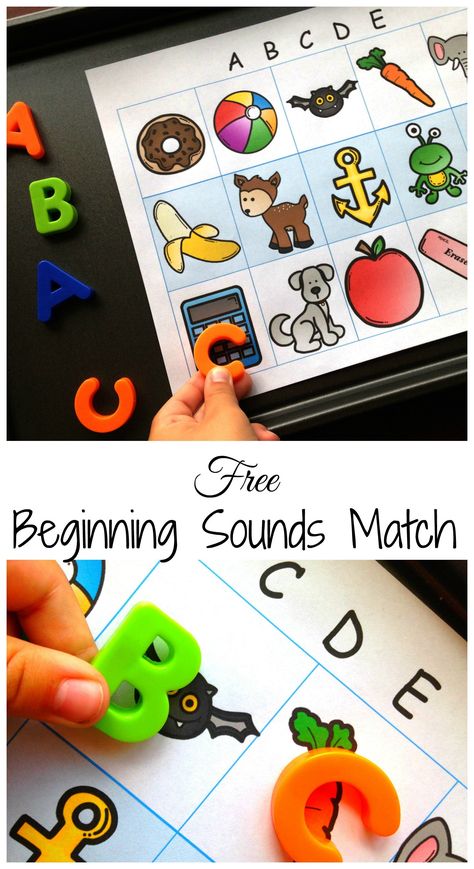
After a while it starts to seem that there must be thousands of sounds in English, whereas there are only 44[1] . So let's try using sounds as our organising principle.
Starting from sounds
The sounds of English are:
Three pairs of consonants made by stopping airflow in the mouth then letting it go:
- “p” as in pop, puppy and cantaloupe (voiceless lip sound).
- “b” as in bob, rubber, build and cupboard (voiced lip sound).
- “t” as in tot, butter, backed, joked, laundrette, torte, Thomas, receipt, debt, yacht, indict and pizza (voiceless tongue tip sound).
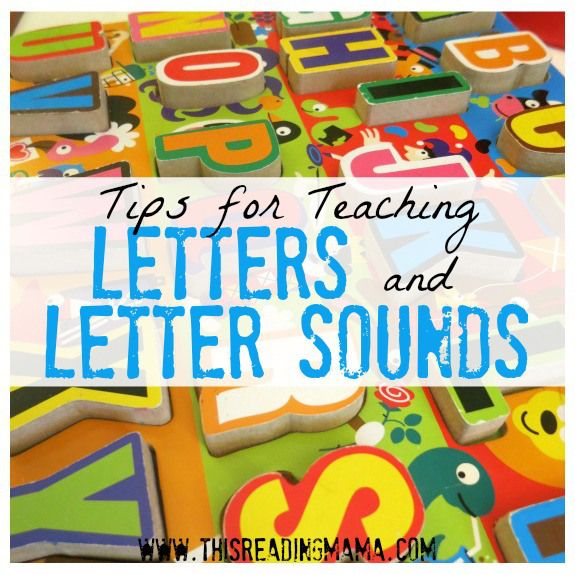
- “d” as in did, muddy, wagged, aide and jodhpurs (voiced tongue tip sound).
- “k” as in cot, king, luck, quit, chrome, mosque, khaki, liquor, accord, excel, Bourke, trekking, acquaint, racquet and zucchini (voiceless back of the tongue sound).
- “g” as in go, biggest, guide, ghoul and morgue (voiced back of the tongue sound).
Three pairs of consonants made through your nose using your voice:
- “m” as in mum, hammer, limb, autumn, programme and paradigm (lip sound).
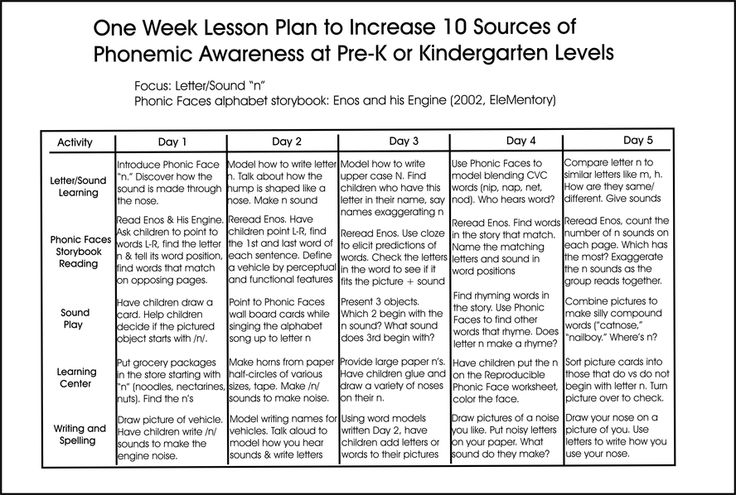
- “n” as in non, runner, know, reign, cayenne, pneumonia and mnemonic (tongue tip sound).
- “ng” as in wing, think and tongue (back of the tongue sound).
Four pairs of friction sounds made by squeezing air through narrow spaces in the mouth:
- “th” as in thin, Matthew and phthalates (voiceless tongue-between-teeth sound).
- “th” as in this and breathe (voiced tongue-between-teeth sound).
- “f” as in far, sniff, phone, cough, Chekhov, gaffe, carafe and often[2] (voiceless teeth on lip sound).
- “v” as in vat, love, skivvy, of, Stephen and Louvre (voiced teeth on lip sound).
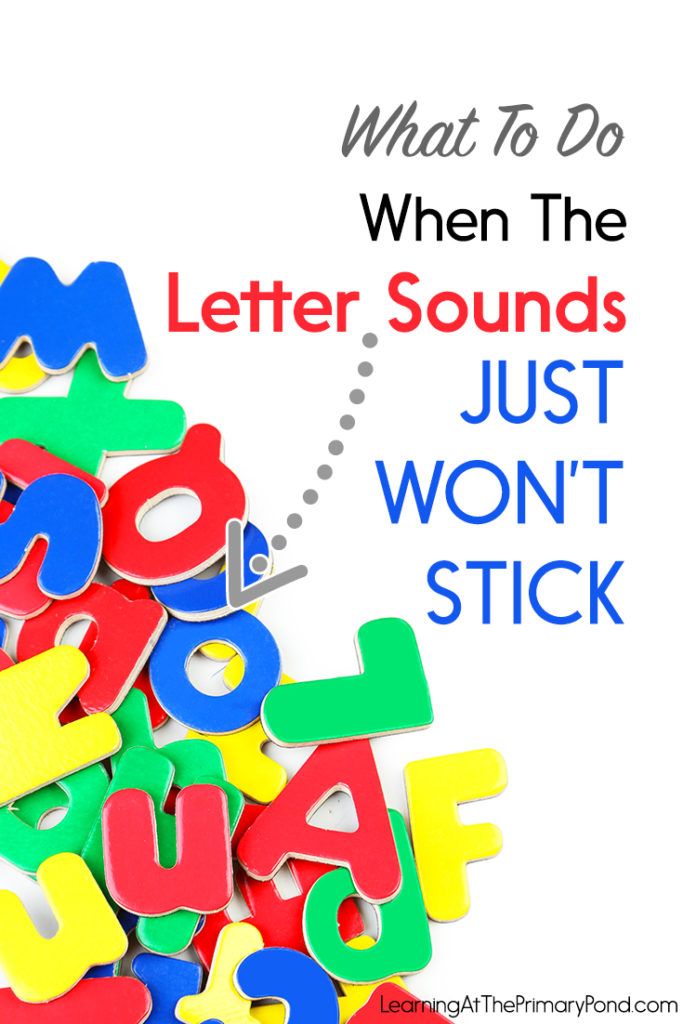
- “s” as in s ell, city, voice, house, scent, pass, whistle, psychologist, quartz, coalesce, mousse, sword, asthma, and waltz.
- “z” as in zip, is, pause, dazzling, bronze, xylophone, dessert, business and tsar/czar.
- “sh” as in ash, lotion, passion, pension, facial, chef, schnitzel, moustache, ocean, sugar, appreciate, initiate, conscience, tissue, cushion, crescendo and fuchsia.
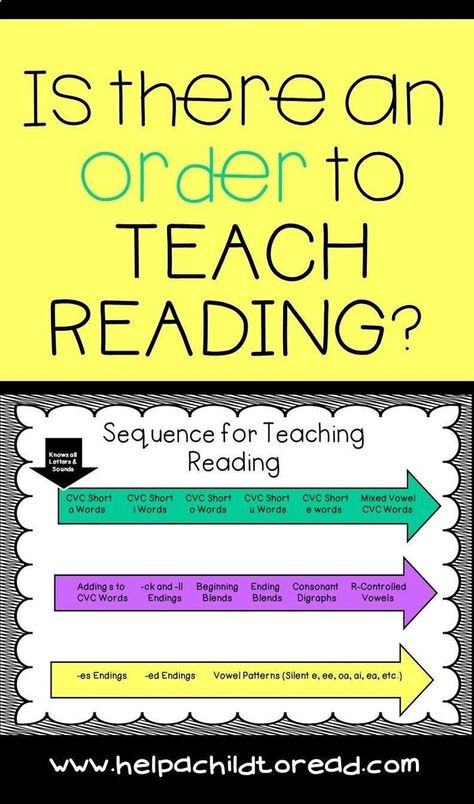
- “zh” as in beige, vision, pleasure, aubergine, déjà vu, seizure, equation and casuarina.
One pair of sounds made by stopping the air and then releasing it through a narrow space in the mouth:
- “ch” (a combination of “t” and “sh”) as in chair, hutch, creature, bocconcini, cappuccino, kitsch, luncheon, question, righteous, ciao and Czech.
- “j” (a combination of “d” and “zh”) as in jar, gem, sponge, ridge, budgie, religion, adjust, suggest, educate, soldier and hajj.
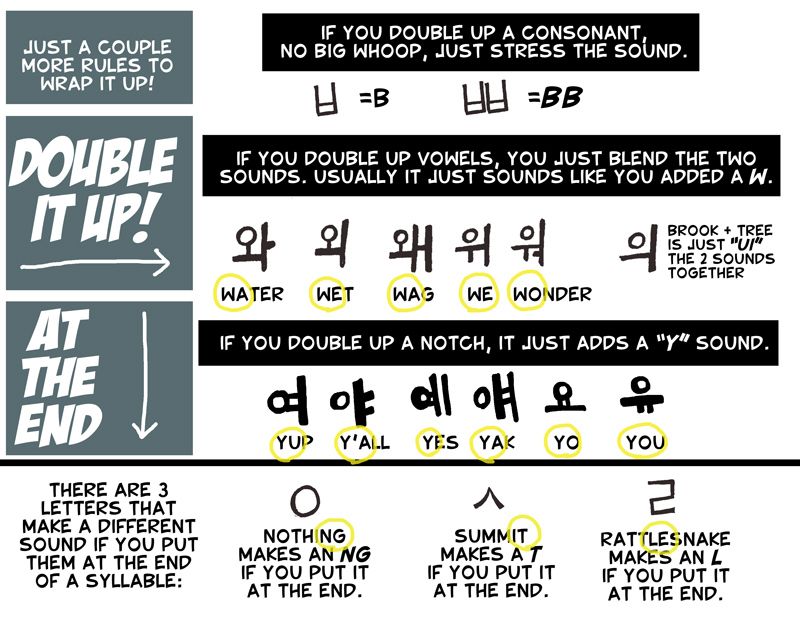
Four semi-vowels:
- “w” as in we, when, quack, one, marijuana and ouija.
- “y” as in yum, onion, hallelujah, tortilla and El Niño.
- “r” as in rip, wrist, barrel, rhubarb, diarrhoea and Warwick.
- “l” as in look, doll, grille, aisle, island and kohl.
One friction sound that has no pair:
- “h”, made by squeezing air through the back of your throat, as in hat, who, jojoba and junta.
So that makes 24 consonant sounds. Then there are 20 vowels:
Six “checked” vowels that require a consonant sound after them in English (sometimes called "short" vowels):
- “a” as in at, plait, salmon, meringue and Fahrenheit.
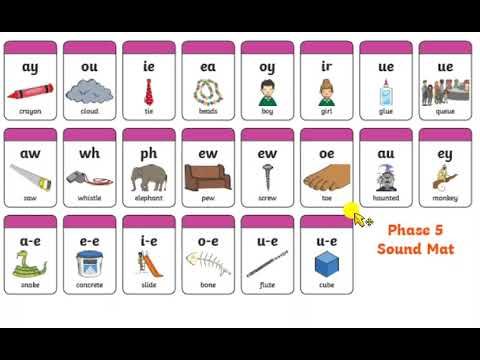
- “e” as in wet, deaf, any, said, says, friend, haemmorhage, leopard, leisure, bury and Geoff.
- “i” as in in, myth, passage, pretty, breeches, busy, marriage, sieve, women and bream.
- “o” as in on, swan, because, entree, cough, John, lingerie and bureaucracy.
- “u” as in up, front, young, blood, does and laksa.
- “oo” as in pull, good, could, wolf, tour and Worcestershire.
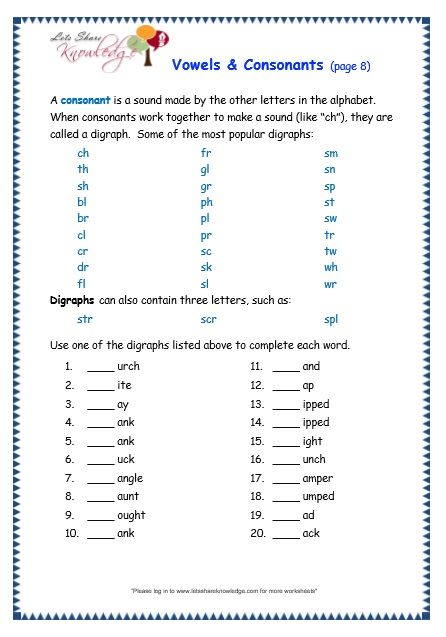
Six other vowels that are sometimes called “long vowels” (they're not really long, but they can be the last sound in a word):
- “ay” as in same, sail, say, danger, weigh, vein, they, café, reggae, great, purée, fete, straight, gauge, gaol, laissez-faire and lingerie.
- “I” as in like, hi, by, pie, high, type, chai, feisty, bye, height, kayak, eye, iron, maestro and naive.
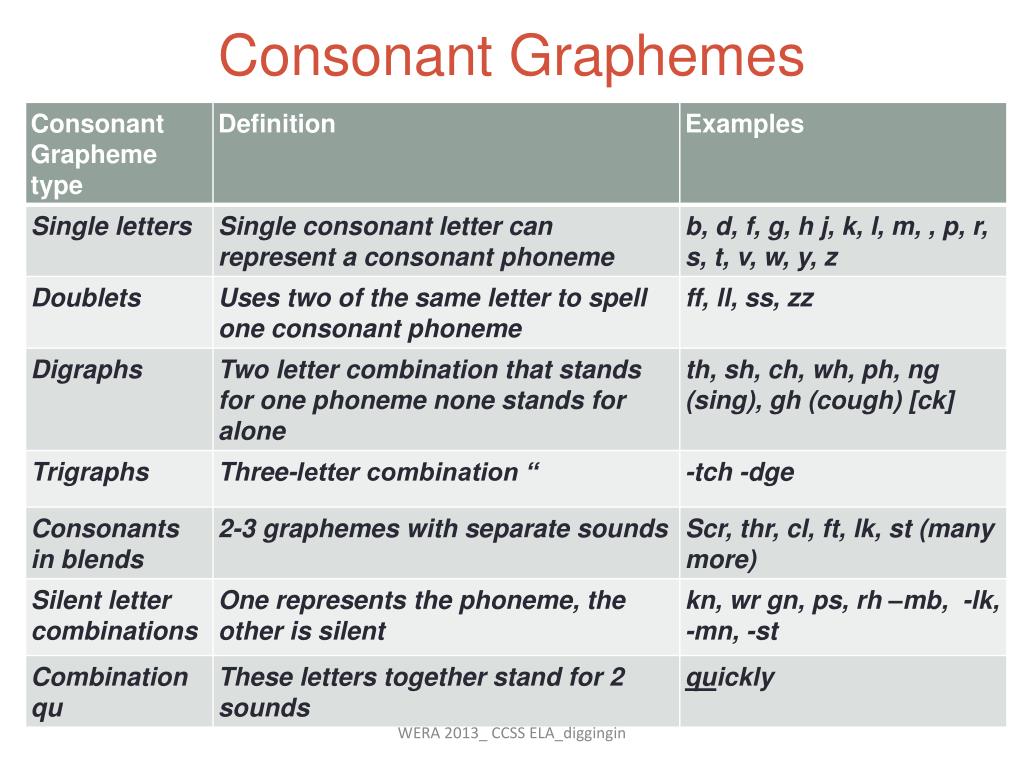
- “oh” as in rope, no, boat, goes, glow, plateau, soul, mauve, though, yolk, brooch, owe, sew and Renault.
- “ooh” as in food, June, chew, brutal, youth, clue, fruit, to, sleuth, shoe, roux, coup, pooh, through, two, manoeuvre and bouillion.
- “you” (a combination of “y” and “ooh”) as in use, few, cue, feud, tulip, beauty, pursuit, ewe and vacuum.

- “ee” as in bee, eat, field, me, these, jelly, taxi, turkey, ceiling, marine, paediatric, amoeba, quay, people, Grand Prix, fjord, ratatouille and Leigh.
Seven other vowels, some of which are called "r-controlled" vowels in some spelling books:
- “ar” as in arm, past, calf, blah, charred, are, baa, clerk, aunt, heart, bazaar and bizarre.
- “er” as in fern, curl, dirt, word, pearl, purr, err, whirred, slurred, masseur, journalist, milieu, were, colonel, myrrh, myrtle and hors d’oeuvre.

- “aw” as in saw, cord, more, court, faun, bought, wart, all, door, chalk, taught, board, dinosaur, baulk, sure, broad, awesome, you’re, corps, extraordinaire, hors d’oeuvre and assurance.
- “ou” as in out, cow, drought, kauri, Maori and miaow.
- “oy” as in boy, soil, Freud, lawyer and Despoja.
- “air” as in care, fair, pear, parent, aerial, solitaire, there, sombrero, heir, their, they’re, prayer, mayor and yeah.
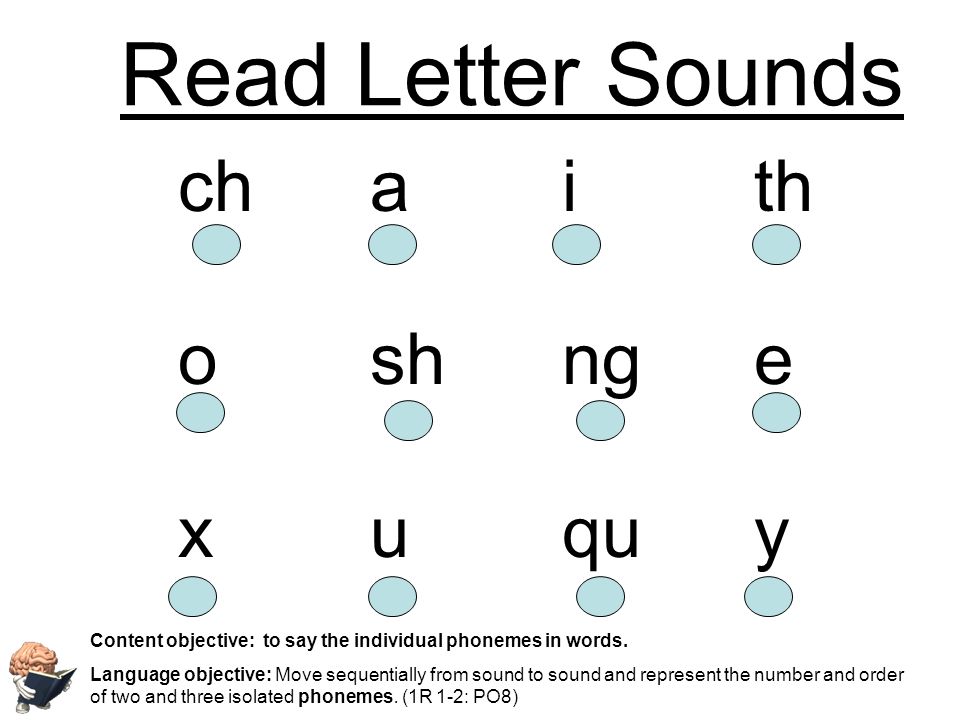
- “ear” as in dear, beer, tier, ere, bacteria, souvenir, Hampshire, weird and Shakespeare.
One unstressed vowel, heard mostly in multisyllable words:
- “uh” as in fire, super, metre, buzzard, tractor, odour, jealous, nature, mynah, violent, pencil, cherub, delicate, granite, purpose, minute, restaurant, aesthetic, martyr, mischievous, borough, portrait, foreign, papier-mache, cupboard, sulphur, porpoise, circuit, tapir…
The unstressed vowel also occurs in spoken sentences in small, grammatical words like "a" and "the".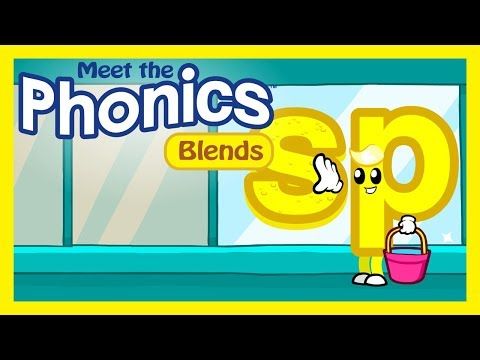 Because these words occur very frequently, this can be a source of much confusion about how basic vowels are spelt.
Because these words occur very frequently, this can be a source of much confusion about how basic vowels are spelt.
This is still a long list, but at least it's possible to put a lid on it, by teaching the main spellings for all the sounds in one-syllable words, then the main additional spellings in longer words.
Eventually you find you've got most words covered, and there's just a list of weird ones for each sound that don't follow any major pattern, and are therefore also memorable.
Learners can make up a spelling collection with a page for each sound, and list all the spellings they know in groups. In fact there are books you can buy for this purpose such as Soundasaurus, but I generally quibble with some of the categories, and prefer to use my own Spelling Collection. Crossings-out, sticky notes and/or extra pages added in later are good evidence that learners have been actively thinking and learning about the relationship between sounds and letters.
[1] Linguists will always argue about how many sounds there are in English, because the mouth is a mushy place without clear boundaries – for example, the “l” sound at the start of “look” is phonetically different from the one at the end of “hall”, and the sound “ay” in “play” and “ie” as in “time” are technically two sounds, but slicing things that finely doesn’t really help with learning spelling.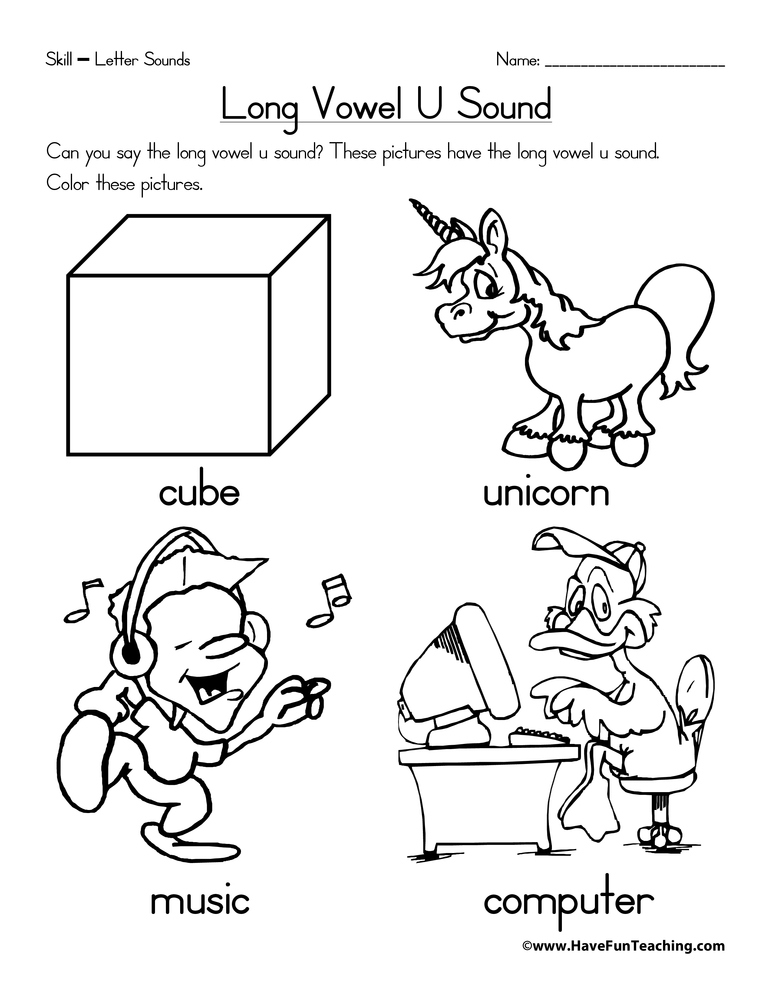 Most people say there are between 42 and 44 sounds for the purposes of teaching spelling (depending on whether you call "ear" and "air" separate spellings or not).
Most people say there are between 42 and 44 sounds for the purposes of teaching spelling (depending on whether you call "ear" and "air" separate spellings or not).
[2] and lieutenant if you speak British English, but actually this word comes from French and means someone standing in (in lieu) for the tenant or office-holder, so the American pronunciation (“loo-tenant”, not “leff-tenant”) is closer to the original French.
« Spelling rules
55 Two-Letter Combinations That Actually Count in 'Words With Friends'
"THAT's a word?"
If you play Words With Friends and are frequently demoralized by opponents scoring very big points using very small words, this list will help you up your game. If you don't play Words With Friends, perhaps you can work these into conversation.
Aa – Noun of Hawaiian origin describing volcanic rock consisting of angular blocks of lava with a very rough surface.
Ae – A Scot adjective meaning “one.” (The game appears to have an affinity for the Scots.)
Ag – An informal noun, short for “agriculture,” or an informal adjective, short for “agricultural.”
Ai – An “ai” is one of four species of three-toed sloth. They are native to Central and South America and one-degree toeier one than two-toed sloths.
Ar – The most likely definitions of “ar” that this could represent: a variant of “are,” or the spelling of the letter ‘R’ (see “ef” below for further commentary).
Aw – An interjection expressing sympathy, tenderness, disapproval or disbelief. (As in, “Aw, a rookie player unfamiliar with the fact that ‘qi’ is likely to be used in all our games. Poor thing.”)
Poor thing.”)
Ay – An archaic adverb meaning “always” or an archaic interjection used as an expression of sorrow.
Ba – A noun referring to an aspect of the soul in Egyptian religion represented as a bird with a human head. Also, the second letter of the Arabic alphabet.
Da – From the Italian and Portuguese, a preposition meaning “from” or “of” – we see this mostly in names like Leonardo Da Vinci.
De – A French, Spanish, and Portuguese preposition meaning “from” or “of,” often used in surnames – we also see this in names like Danny DeVito (a fellow Renaissance Man).
Ed – An informal shortening of “education,” as in “driver’s ed.”
Ef – The spelling of the letter “f.” (As in, “Why the ef would they accept the spellings of letters?”)
Eh – An interjection expressing questioning surprise or seeking the repetition or confirmation of a statement or question.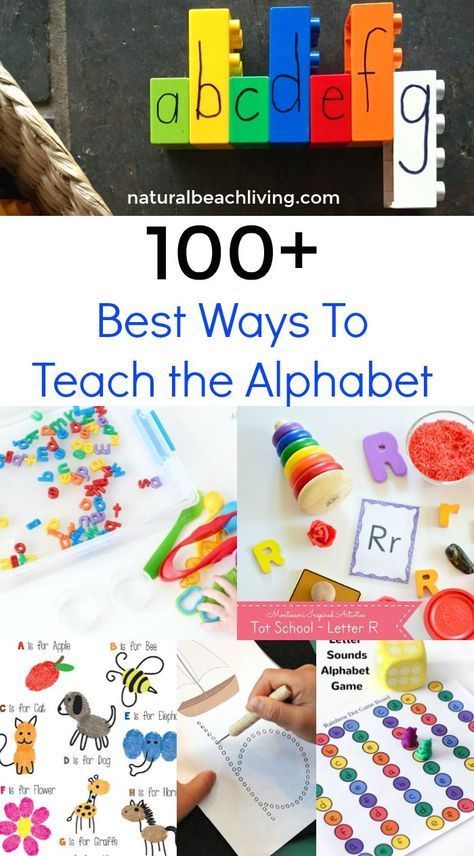
Em – The spelling of the letter “m”
En – Another letter spelling (If your opponent employs all of these, you can tell him or her to go straight to aitch.)
Er – An interjection used to represent a pause, hesitation, or uncertainty. (The second-most popular word in Public Speaking 101, right after “like.”)
Et – Not sure if the game is accepting “et” as the nonstandard past tense of “eat” used primarily in the North Atlantic, South Midland and Southern United States or as a noun suffix having a diminutive force (as in “tablet”) Either way, weird.
Ex – Short for "excluding."
Fa – The syllable for the fourth tone of the diatonic scale (A.K.A. "A long, long way to ruuuun.")
Fe – No idea why this is accepted, but it is the symbol for iron.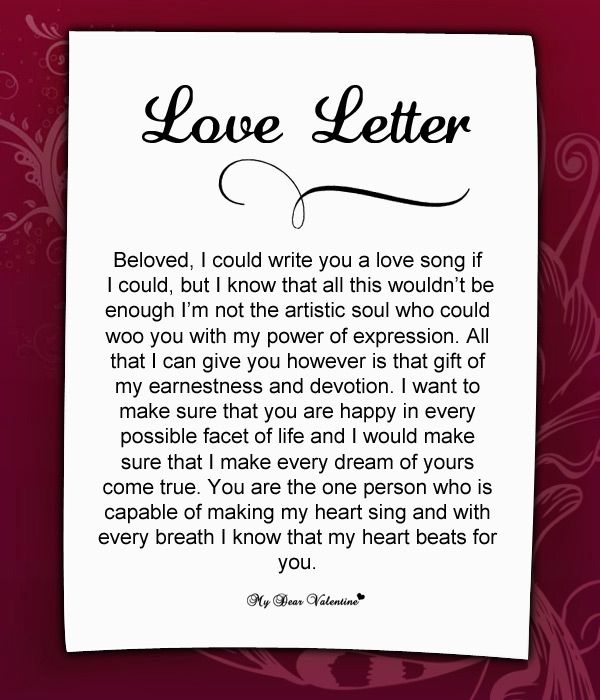
Gi – A two-piece garment, usually white in color, worn by barefooted martial arts participants consisting of pants and a wraparound jacket with a cloth belt – short for keikogi or dogi. (I am not sure what they call it when the individual slips on some shoes.)
Hm – They are actually accepting this as an interjection expressing thoughtful absorption, hesitation, doubt, or perplexity. I always thought it had many more ‘M’s.
Ho – An interjection used as a call to attract attention (as in “Westward, ho!"), to exclaim delight or surprise. Or to tell a horse to stop.
Id – The Freudian component of consciousness that seeks satisfaction according to the pleasure principle. Probably the reason you are playing Words With Friends in the first place.
Jo – A Scot word for “sweetheart. ” (As in, when the Jersey Shore cast does Season 12 in Scotland, Sammi will be “Sammi Jo.”) Its plural, “joes,” is also accepted.
Ka – A spiritual entity that is part of an individual believed to live within the body and survive after death.
Ki – The Earth goddess in Sumerian mythology.
Lo – An interjection meaning “look!” or “see!” Usually used as a part of the expression “lo and behold.” (Lo! Look how many two-letter interjections there are!)
Mi – The syllable for the third tone of the diatonic scale (A.K.A. "A name I call myself.")
Mm – I am not sure why this is accepted but it sure is handy to know. Maybe it's like “hm,” but used to express that something is yummy. I also thought this word had more ‘M’s.
Mu – The 12th letter of the Greek alphabet.
Na – Appears to be accepted as a variant of “no.”
Ne – I'm not sure exactly why "ne" is accepted. But it is. I swear. I saw it. It's the symbol for neon and the abbreviation for Nebraska, but neither appears to be the reason it's allowed.
Nu – The 13th letter of the Greek alphabet.
Od – A hypothetical force formerly believed to pervade all nature and be manifested in magnetism, mesmerism, chemical actions, etc. Also known as vital energy or life force. (“May the od be with you” may be a fun new joke to test out among your Star Wars-loving friends. Let us know how that goes.)
Oe – In addition to being the abbreviation for Old English (both the language and the malt liquor), oe is an interjection of Scottish origin used to express dismay, pain, annoyance, or the like. Along with “oi” (also accepted), it is a variant of “oy” (also accepted).
Oi – See above.
Om – The supreme and most sacred syllable in Hinduism and Buddhism believed to be the spoken essence of the universe.
Op – As far as I can tell, this is a shortened form of the word “optical” used in the phrase “op art,” which describes a style of abstract art where lines, forms, and space are organized in a way that creates optical illusions of an ambiguous nature. It is also listed as an abbreviation of “opus.”
Os – A plural noun that can mean a bone or a mouth/orifice.
Oy – se “oe” and “oi” above.
Pe – The 17th letter of the Hebrew alphabet.
Pi – 3.141592653589793238462643383279502884197169399375105820974944592307816
40628620899862803482534211706798214808651328230664709384460955058223172
53594081284811174502841027019385211055596446229489549303819644288109756
65933446128475648233786783165271201909145648566923460348610454326648213
39360726024914127372458700660631558817488152092096282925409171536436789
25903600113305305488204665213841469519415116094330572703657595919530921
86117381932611793105118548074462379962749567351885752724891227938183011
9491
Qi – Noun variant of “chi. ” (This word appears to be used in upwards of 100% of games played, much to the dismay of newbies who are unfamiliar with the term.) The plural, “qis,” is also accepted.
Re – The syllable for the second tone of the diatonic scale (A.K.A. "A drop of golden suuuun.")
Sh – An interjection used to urge silence.
Se – It’s the symbol for the element selenium but I can't tell you why it’s accepted. That was just a fun fact.
Ta – The third letter of the Arabic alphabet. Also a British slang interjection used to express thanks.
Ti – The syllable for the seventh tone of the diatonic scale (A.K.A. “A drink with jam and breeeead.")
Ut – The syllable once used to express the first tone of the diatonic scale, now most frequently referred to as “do. ” “Ut” is not considered to be another term for a deer, a female deer.
Wo – An alternate form of the archaic noun “woe” meaning grievous distress, affliction or sorrow.
Xi – The 14th letter of the Greek alphabet.
Xu – An aluminum coin and monetary unit in Vietnam, worth 1/100 of a dong.
Ya – An alternate form of the pronouns “you” and “your” and the 28th letter of the Arabic alphabet.
Za – An American slang abbreviation for “pizza” and the 17th letter of the Arabic alphabet.
Note: While there are 105 total two-letter words accepted in the game, we figured 55 was just plenty for now. Baby steps.
* * * * * *
Words With Friends accepts more than 173,000 words and uses as the basis for its vocabulary list the Enhanced North American Benchmark Lexicon (ENABLE), which calls itself “the most researched, and therefore the most authoritative word list available. ”
The Words With Friends website does indicate that they have added some of their own words, such as “zen” and “texting,” and players have the opportunity to suggest additional words here. I already checked—“poo” is already accepted; I am out of suggestions for the time being.
Vowel sounds and letters. How many are there in Russian?
Free introductory lesson in Russian
Enroll
Correct pronunciation of words is one of the components of beautiful and literate speech. To achieve this, you will first have to study the sounds themselves. In this article, we will figure out together what vowel sounds are, how many vowels are in the alphabet of the Russian language, and what sounds they can represent.
What are vowels and sounds
Vowel sounds are those sounds that we freely convey with our voice. Hence their name comes from: voice means "voice".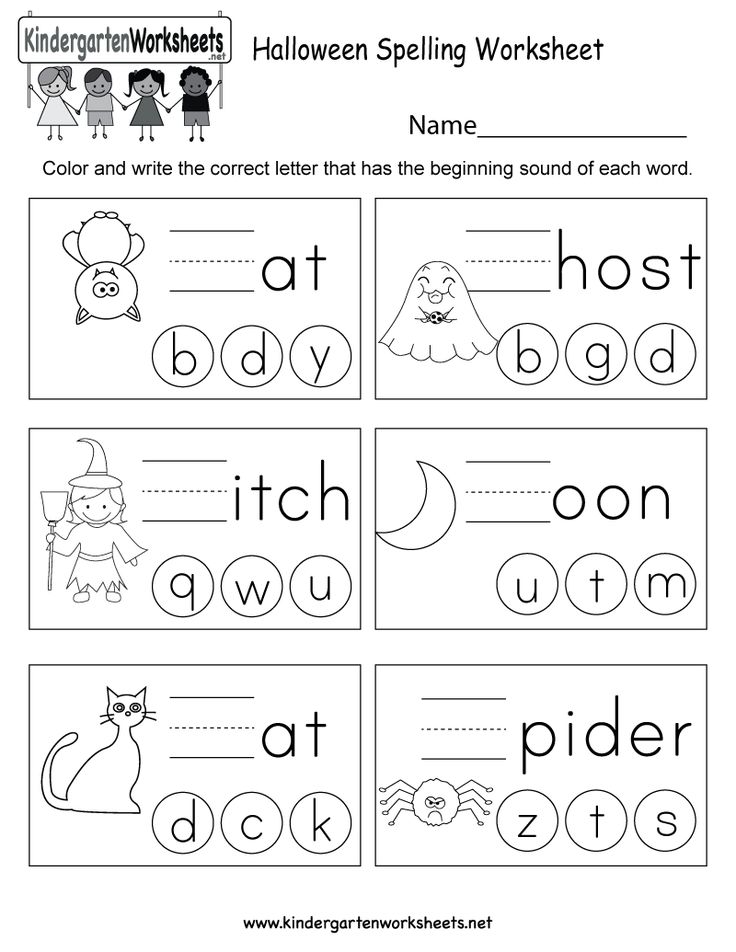 When pronouncing, air exits through the mouth and does not create noise, and the position of the tongue and lips determines which vowel sound we will pronounce.
When pronouncing, air exits through the mouth and does not create noise, and the position of the tongue and lips determines which vowel sound we will pronounce.
There are much fewer vowels in Russian than consonants. There are 6 of them in total: [a], [o], [i], [s], [y] and [e]. To understand whether a vowel sound is in front of you or not, try to sing it. For example:
-
a-a-a ,
-
woo
-
ss .
If it works, then the sound is a vowel. You can't do that with consonants.
There are more vowels than sounds - there are 10 of them: a, i, u, u, o, e, e, e, i, s . This difference is due to the fact that some of these letters can represent two sounds and are pronounced using a combination of a vowel and a consonant [y']. For example, in the word spruce the letter e two sounds are expressed - [y '] and [e]. Let's look at the table all the vowel sounds and the letters that represent them.
| Letter | Sound | Example |
|---|---|---|
| a | [a] | pharmacy |
| i | [a] [d'] + [a] | change anchor |
| y | [y] | moon |
| [y] [y'] + [y] | love skirt | |
| about | [o] [a] | horse milk |
| e | [e] [y'] + [e] [and] | victory raccoon great |
| e | [o] [d'] + [o] | rope hedgehog |
| e | [e] | evolution |
| and | [and] [s] | caviar life |
| s | [s] | choice |
Demo lesson in Russian
Take the test at the introductory lesson and find out what topics separate you from the "five" in Russian.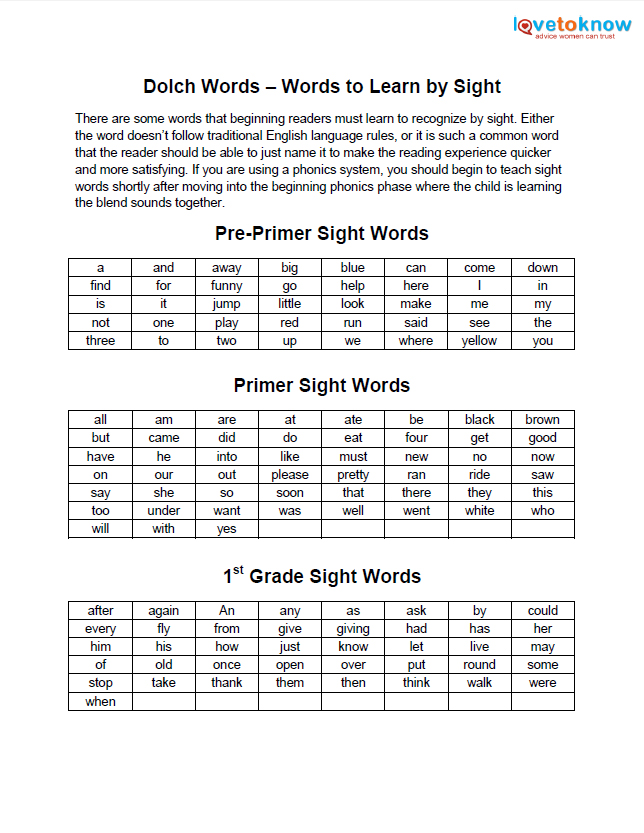
How vowel sounds are related to syllables
Vowel sounds form syllables - sound segments of words that we pronounce with one breath. One syllable can be either a vowel with one or more consonants, or a vowel alone. There is even a rule by which syllables can be counted: how many vowels in a word - so many syllables.
For example, in the word journey there are 5 vowels: [u], [i], [e], [i] and [e]. This means that it has 5 syllables: p-te-she-stv-e .
Test yourself!
Count the number of syllables in the words: try on, tanner, well-groomed, care, prefix, capital, wet, invitation, orange .
Vowel sounds and stress
Now let's see what groups vowel sounds are divided into. Sometimes their pronunciation depends on whether the stress falls on them, that is, whether we single them out with our voice. So vowel sounds are divided into stressed and unstressed. Here are some examples:
| | | |
|---|---|---|
| | | |
| | | |
| | | |
Stress in Russian can fall on any of the existing vowel sounds.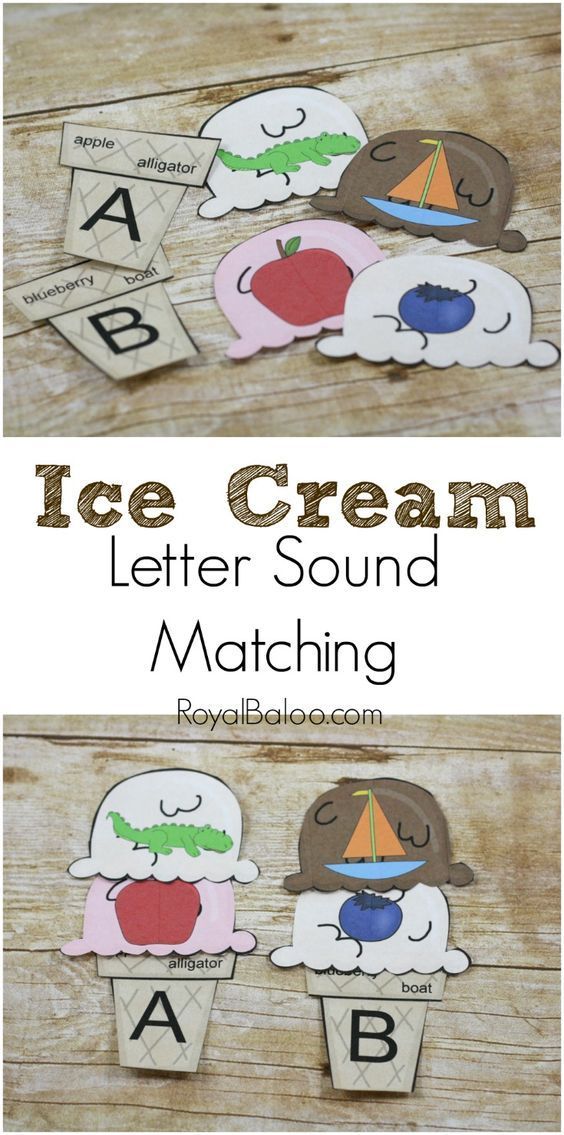 However, only 4 of them can be unstressed - these are [a], [i], [y] and [s]. In this position, we pronounce sounds weaker than under stress, because of which they can change qualities and sound differently.
However, only 4 of them can be unstressed - these are [a], [i], [y] and [s]. In this position, we pronounce sounds weaker than under stress, because of which they can change qualities and sound differently.
Interestingly, the vowels [o] and [e] can only be stressed. There are only a couple of exceptions to this rule: for example, in words cocoa and canoe sounds [o] and [e] in an unstressed position.
How unstressed vowels are related to consonants
How an unstressed vowel sounds depends on the consonant that precedes it. Or rather, from its hardness or softness. If it is a hard consonant, it can be followed by unstressed vowels [y], [a] and [s]. When we talk about a soft consonant, it is followed by unstressed vowels [y] and [and].
| | |
|---|---|
| | |
| | |
| | |
Free English lessons with a native speaker
Practice 15 minutes a day. Learn English grammar and vocabulary. Make language a part of life.
Learn English grammar and vocabulary. Make language a part of life.
Test yourself
It's time to find out if you now understand well what vowel sounds are in Russian. To do this, we have prepared tasks for self-examination.
Task 1
List all the vowels in these words:
fair,
rejoice,
doll,
remote,
buddy,
voting,
mirror,
story,
OK,
captivate.
Task 2
Name 5 words each in which the sounds [a], [i], [y] and [s] would be stressed.
Task 3
Name 5 words in which an unstressed vowel would come after a hard consonant and 5 more words where it would follow a soft consonant.
Task 4
Count the number of syllables in the words below (remember to use the rule you learned at the beginning of the article!):
-
weightless,
-
sunrise,
-
adventure,
-
painter,
-
perpetuate,
-
nice,
-
image,
-
category,
-
exciting,
-
melting,
-
snowflake.
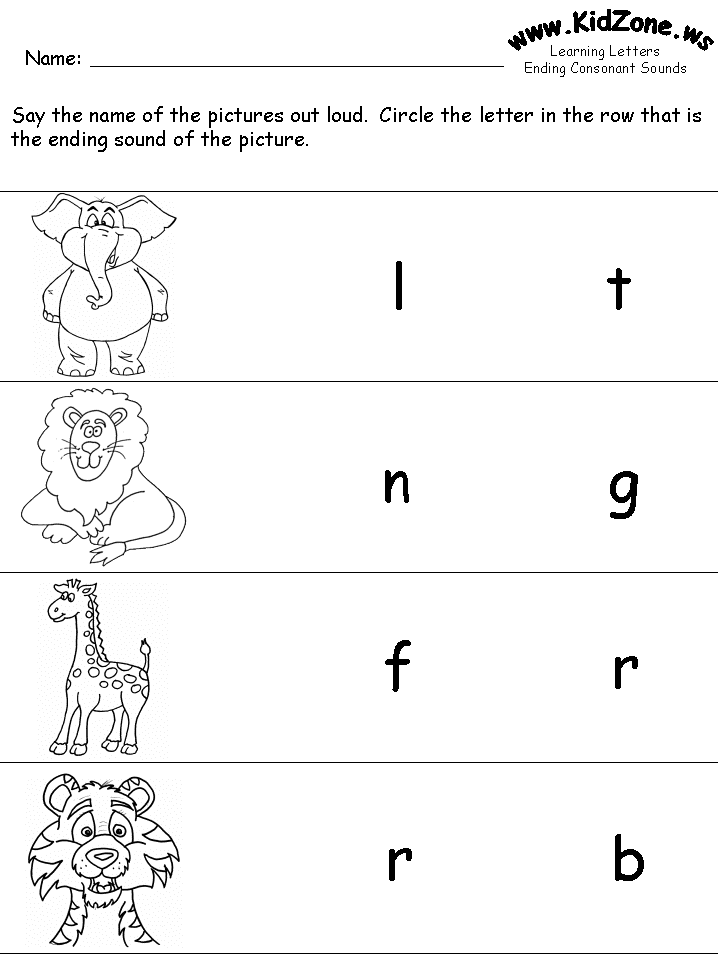
The rules of phonetics help us to speak correctly, so it is important to master the topic of vowels well and avoid gaps in knowledge. If even after reading the article you still have questions on the topic, you can figure them out in the Russian language course at Skysmart. In online lessons, the teacher will help the student work out the theory and consolidate the result on non-boring tasks. So the student will be able to improve the quality of knowledge, and fall in love with the subject.
Cheat sheets for parents
All Rules in Russian at hand
Alena Fedotova
author Skysmart
to the previous article
to the next article
phonetic analysis of
combinations in English
letters in English is a phenomenon that is closely related to phonetics, since often the reading of consonants or vowels changes if another letter appears next to them.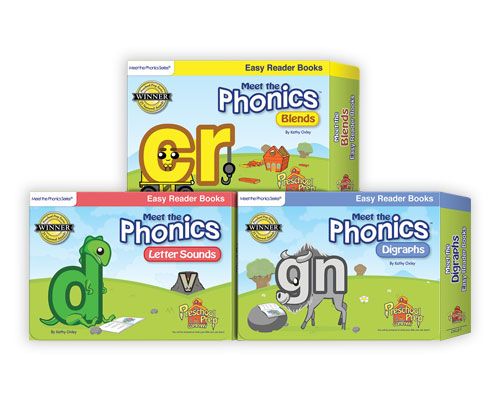 It is important not only to navigate the various variants of such combinations, but also to understand how these or those ways of connecting individual letters differ and what pronunciation features will arise in this case. Therefore, it is required to consider the main letter combinations in the English language and give a special classification of such a phenomenon in order to understand the entire algorithm of actions somewhat easier.
It is important not only to navigate the various variants of such combinations, but also to understand how these or those ways of connecting individual letters differ and what pronunciation features will arise in this case. Therefore, it is required to consider the main letter combinations in the English language and give a special classification of such a phenomenon in order to understand the entire algorithm of actions somewhat easier.
Contents
Basic principles of combinations of English letters
The rules of the English language allow the combination of letters of the alphabet in such a way that new variants of sounds are subsequently formed. It must be remembered that sometimes such combinations are pronounced differently than they seem at first glance, and the phonetics of both letters used in one combination or another may be lost.
Ways of letter combinations in English allow the formation of new sounds by combining two consonants, two vowels, as well as a combined version of vowels and consonants.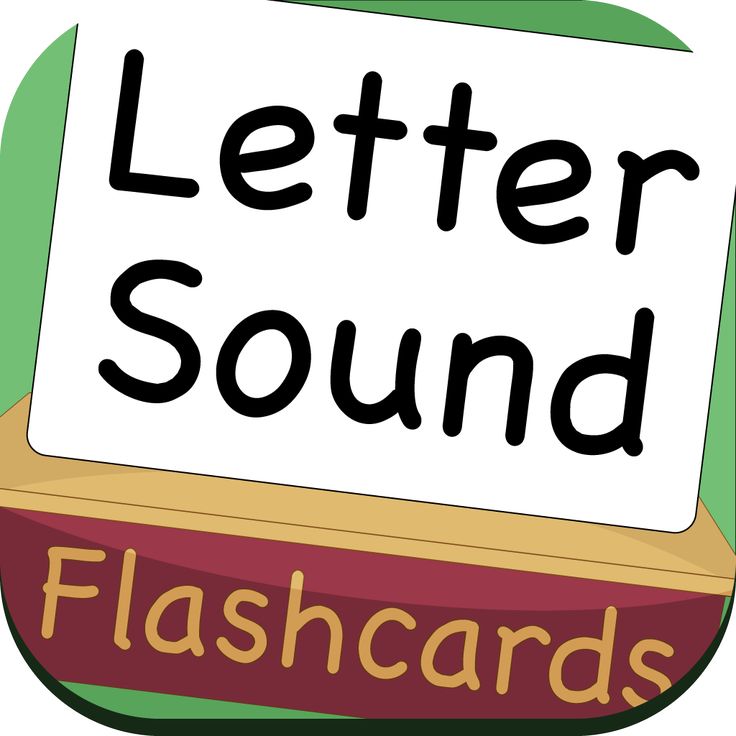 In this case, a certain combination can also be formed by combining three letters; they are called triphthongs and differ from diphthongs in that they consist of exactly three, and not two elements. Therefore, it is necessary to consider the basic rules for reading English letter combinations, and you can start with the vowel + vowel options.
In this case, a certain combination can also be formed by combining three letters; they are called triphthongs and differ from diphthongs in that they consist of exactly three, and not two elements. Therefore, it is necessary to consider the basic rules for reading English letter combinations, and you can start with the vowel + vowel options.
Vowel + vowel combinations
When reading English combinations of letters that include consonants, both letters in a particular construction must be taken into account. Options may be as follows:
ai - [ei] - pain, rain;
ay - [ei] - game, pay;
ei - [i:] [ei] [ai] - deceive, weight, height;
ea - [e] [i:] [ei] - head, read, break;
ey - [i:] [ei] [ai] - key, grey, eye;
ee - [i:] - tree, screen;
ew - [ju:] - new, few;
eu - [ju:] - neutral, feudalism;
oo - [u] [u:] [ɔ:] [ʌ] - wool, pool, door, blood;
oa – [əu] – road, soap;
ou - [au] - house, mouse;
ie - [e] [i:] [ai] - friend, field, diet.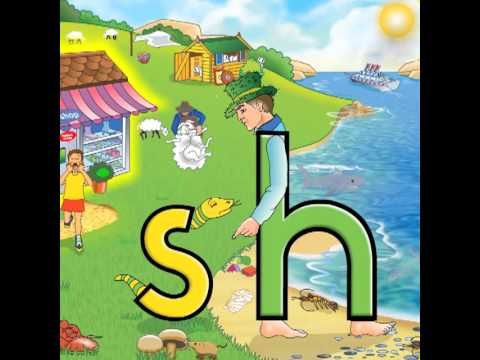
All these variants with vowels are quite common and are read in English only in accordance with the indicated reading rules. Their sound conveys only vowel sounds, however, it is important not to confuse the options for connecting letters, otherwise there is a risk of incorrect spelling of words and structures.
Next, you need to consider the main ways of combining consonants in English.
Letter combinations consonants + consonants
It is necessary to remember very well how one or another variant of a combination of consonant letters is read, since there are significantly more such types of combinations than with vowels. The following are the most common ways of pronouncing English consonants in combination with each other:
ch - [tʃ] [k] [ʃ] - chair, character, machine;
ck - [k] - stock, shock;
tch – consonant with the sound ch is the combination tch – [tʃ] – match, catch; for the sound h in English, two variants of consonant combinations are characteristic;
bt at the end of a word - [t] - doubt, debt;
gh – after combinations ou, au [f], [–] – cough, slight;
dg – [dʒ] – hedgehog, edge;
th - interdental sound th is read in two ways. In service parts of speech and between vowels, the sound th in English gives [ð] - brother, the, and at the beginning or end of words, as well as before consonants, it sounds like [θ] - throw, bath;
In service parts of speech and between vowels, the sound th in English gives [ð] - brother, the, and at the beginning or end of words, as well as before consonants, it sounds like [θ] - throw, bath;
sh - the sh sound can be read as [ʃ] - shrimp, shell;
gn - [n] - sign, reign;
mb – in the middle of a word [mb] – remember, at the end of a word [m] – thumb;
mn - in the middle of a word [mn] - insomnia, at the end of a word [m] - column;
kn- in the middle of a word [kn] - sickness, at the beginning of a word [n] - knock;
wh - [w] - what, wheel;
ng - in the middle of a word [ŋg] - singer, at the end of a word [ŋ] - ring;
ph – [f] – philosopher, photo;
wr - [r] - write, wrong.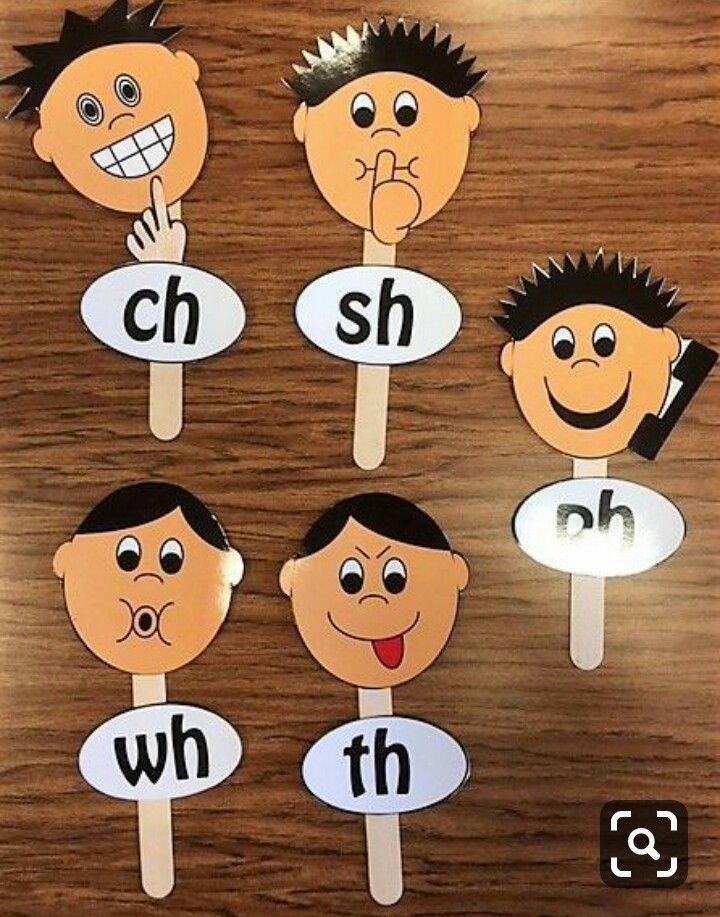
It is important to pay attention to how th, kn and other combinations are read, which have two pronunciations and sound special depending on the position in the word. The rule of reading all the combinations described above must always be observed, otherwise errors in the reading process and, accordingly, pronunciation will be inevitable.
Letter combinations vowels + consonants
Another variant of combinations is vowels and consonants. Some letters in the alphabet can form certain ways of pronunciation, and this phonetic variant is also quite common. Here are the methods:
er - in an unstressed position [ə] - worker, looker;
or - unstressed [ə] - doctor, traitor;
an - before consonants [a:] - swan, plant;
al – [ɔ:] – chalk, talk.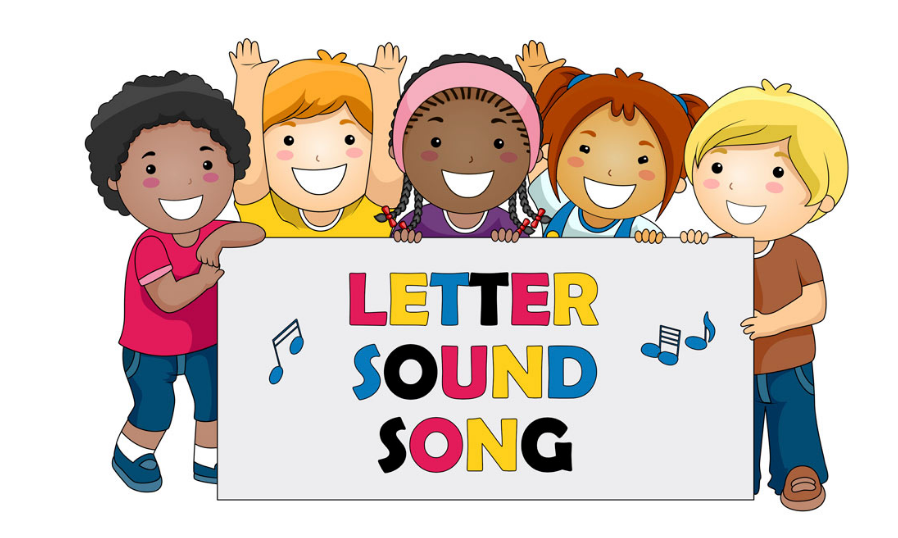 Another reading option is [a:] - half, calf;
Another reading option is [a:] - half, calf;
wa – [wɔ] – was, water;
wor – [wə:] – word, work;
war - [wɔ:] - war, ward;
igh - [ai] - right, night;
qu - [kw] - quiet, sequence;
ild - [ai] - wild, mild;
ind - [ai] - find, bind.
All these variants, presented with transcription, must be taken into account when pronouncing and reading the corresponding combinations. To display a combination of letters in the English language, a table can become an element that can group all the main options and present information in the most concise form. Here's what it might look like:
All these ways of combining letters of the English alphabet are very actively used in the language and are taken into account when studying phonetics and reading rules. All possible options should be remembered gradually, but it is necessary to know them, since, judging by the examples, some of them can be read differently.